In Spain, the No Parking sign is identified as being a circular sign, with a thick red border, a background colour of dark blue, and a diagonal red line going from the top left to the bottom right.
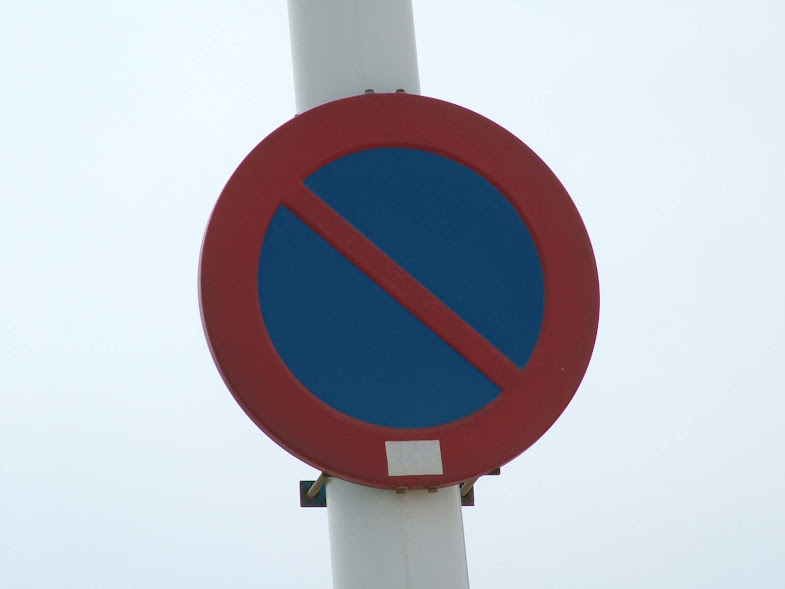
There is also a similar sign with an additional diagonal line from top right to bottom left, thus making a cross, which indicates that stopping or waiting is also prohibited, what in the UK we would refer to as a “clearway”, but in this article we want to specifically look at the no parking sign, because it doesn’t always mean you can’t park there.
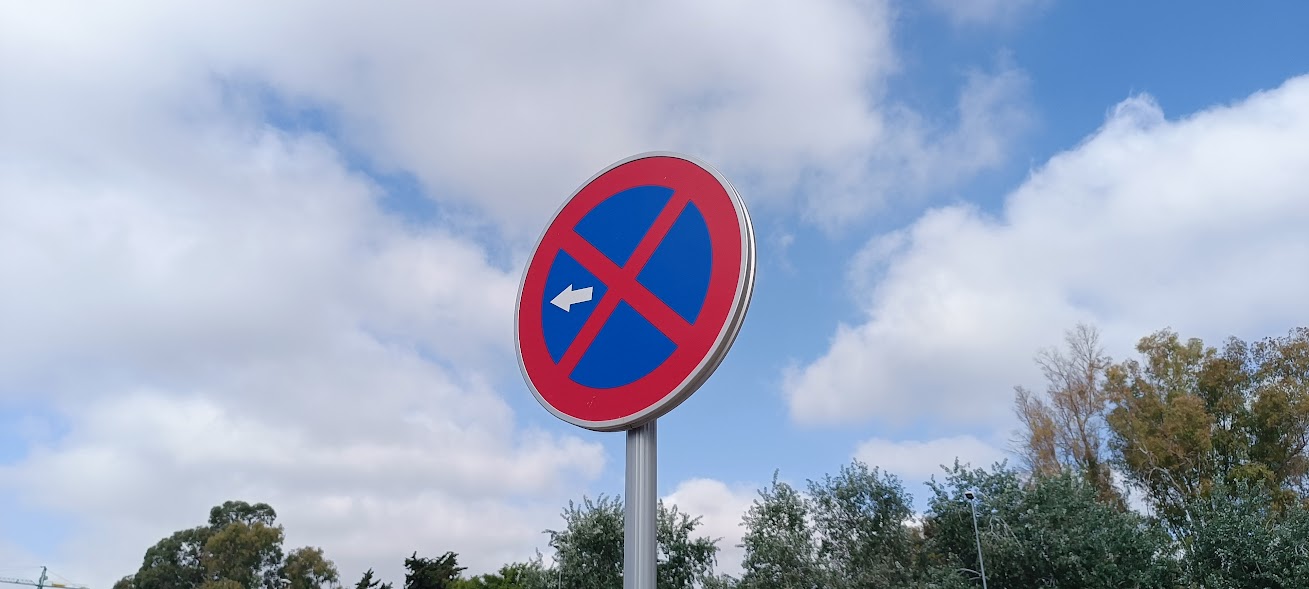
Although this seems confusing at first, the clue as to when you can or cannot park will always accompany the sign, either with clues on the circular sign itself, or on an additional plate below the sign, noting that in Spain when signs are on the same vertical pole they are related.
Nobody wants to receive a parking fine, or worse, get towed away, so here are some examples that you might see, and you can therefore avoid paying the price:
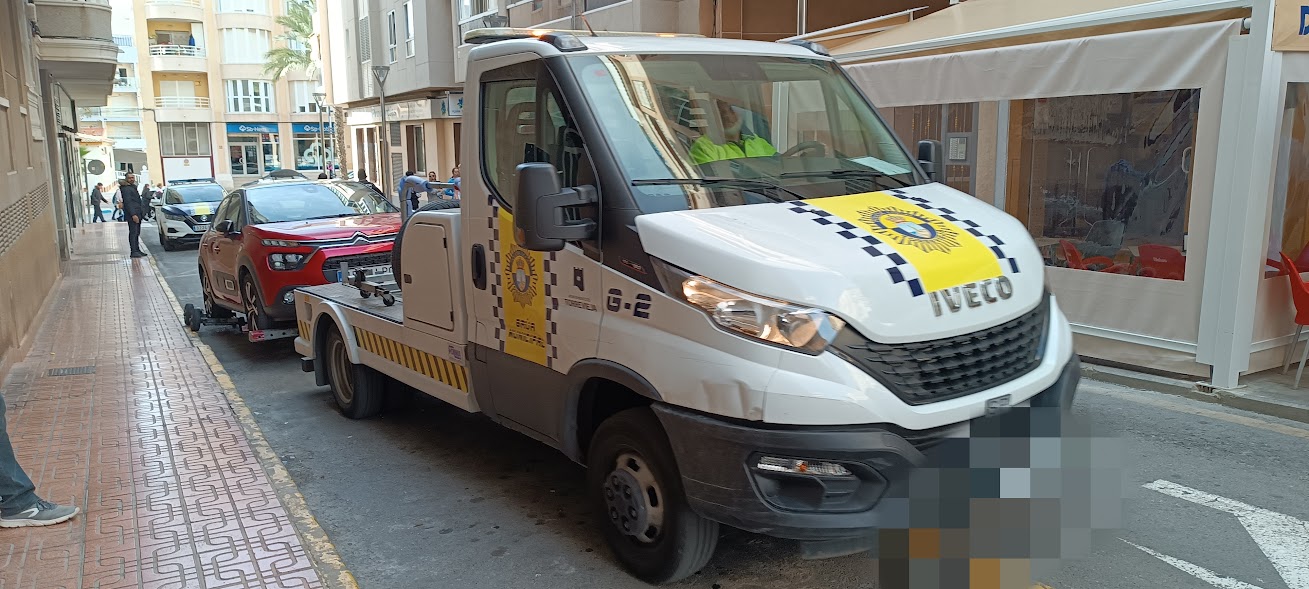
A pictogram of a wheelchair with the word “EXCEPTO”, which would mean no parking except those who qualify for disabled parking rights. That one seems quite straightforward enough.
It could say “EXCEPTO” for taxis, or VTC, buses, loading or unloading, and so on.
There could be an arrow, pointing left or right, which denotes that there is no parking to the side of the sign where the arrow points. Again, that seems fairly straight forward, but it does start to get a little more complicated now.
If it says “EXCEPTO”, it means you cannot park, unless you qualify as whatever is written, a taxi, for example, can park if it says “EXCEPTO TAXIS”. If no exceptions apply, then the text refers to when you must not park.
“LABORABLES” refers to “working” days, often accompanied by a specific timeframe.
“AMBOS LADOS” means BOTH sides.
There could be numbers, such as “1 – 15” or “16 – 31”, again sometimes accompanied by an arrow, which dictates that you must not park for the first 2 weeks of a month in the first instance, and the second two weeks in the second, or any variation of this. In one of the examples pictures you should be able to work out which half of the month the photograph was taken.
It could have vertical lines, which look like Roman numerals, of “I” or “II”, which denotes odd numbered days in the first instance, even numbered days in the second.
The sign could also be temporary, and you might not even be able to fully see it, as often a paper is affixed to it warning of when the restrictions will be in place.
The sign could also be a lot smaller than you might expect, and on a plaque, such as the VADO sign which prohibits parking outside a premises, or access, including prohibition for the property owner, a fact often not realised when people park in front of their own garage. It is not allowed.
So, now you know the rules, we have a full gallery of examples, and your homework for this week is to see if you can now decode the no parking signs. Good luck.
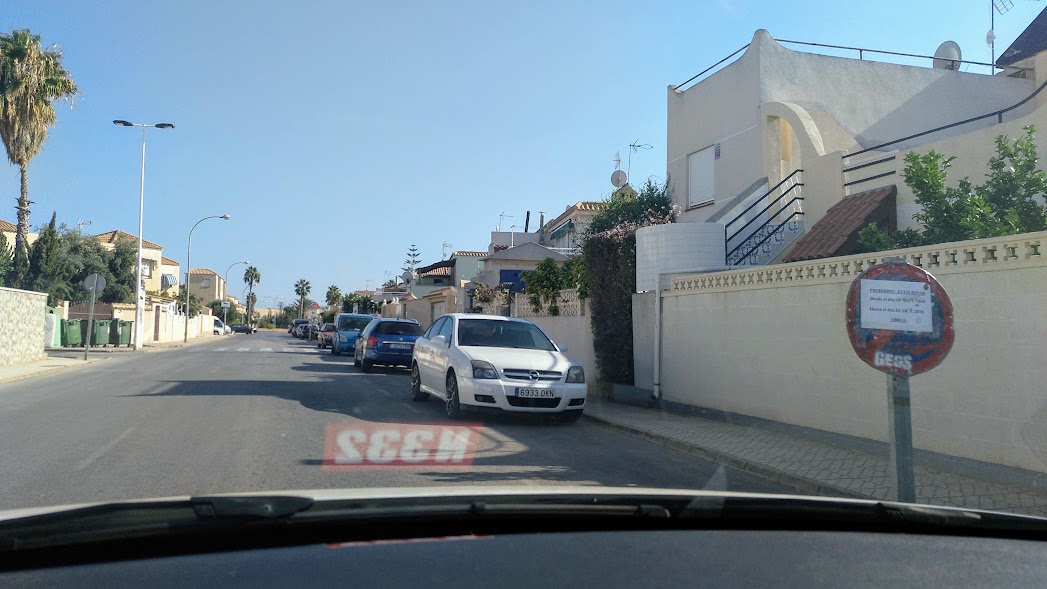
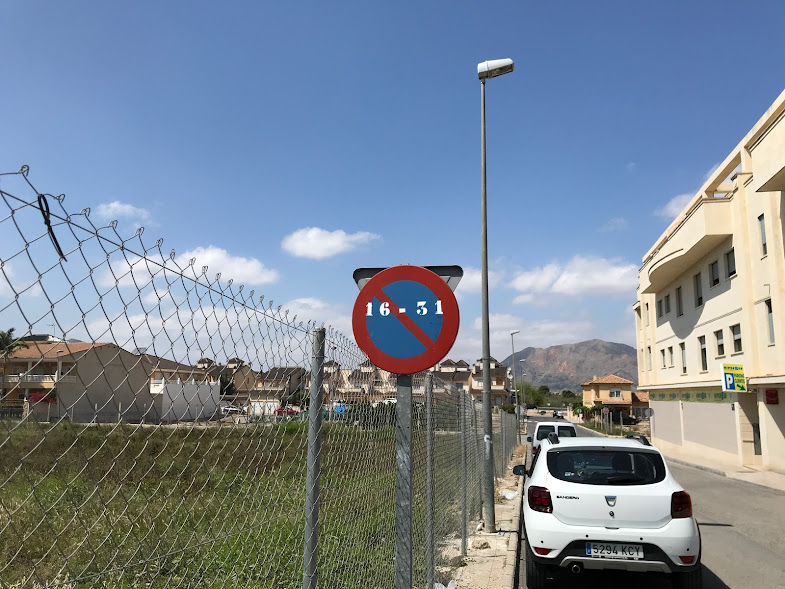
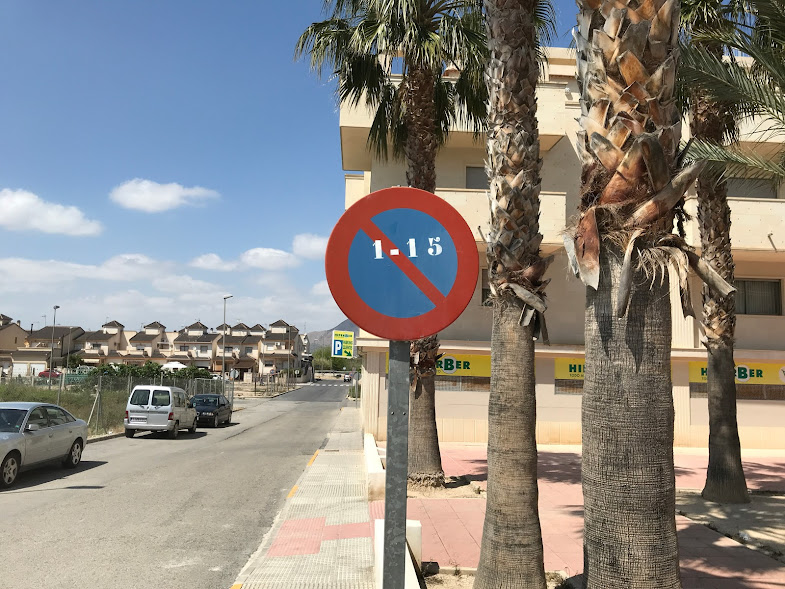
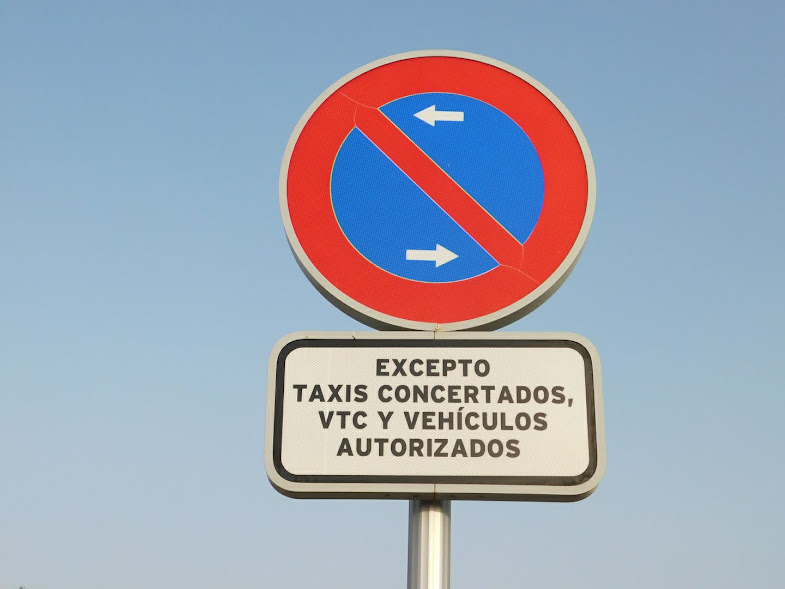
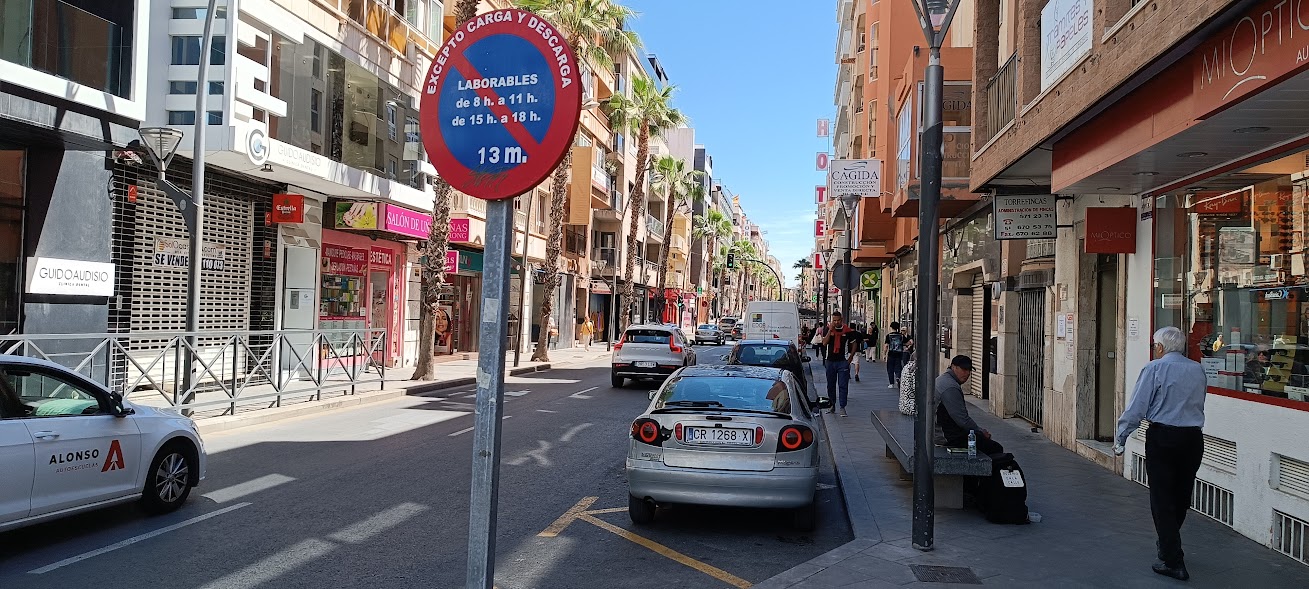
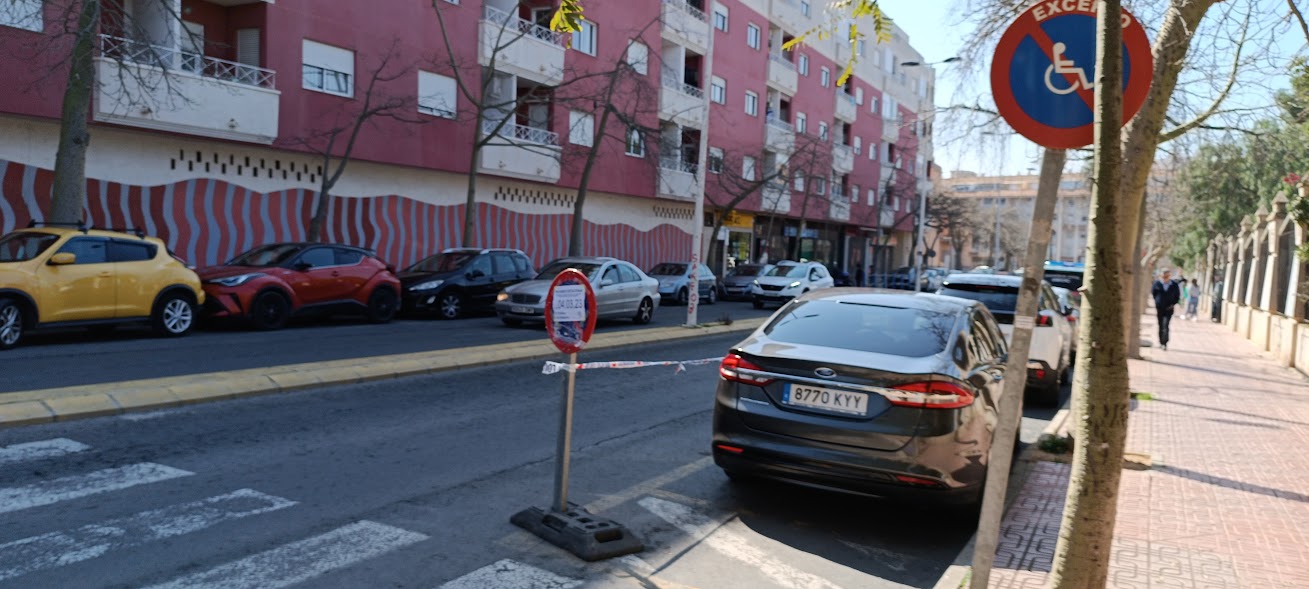
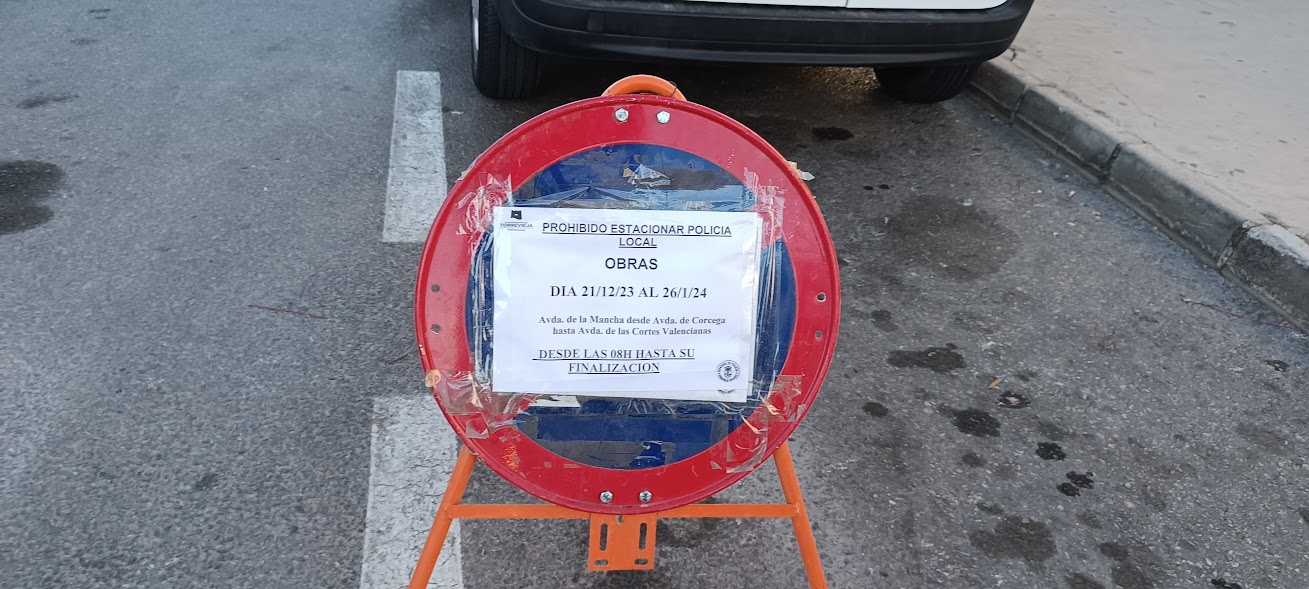
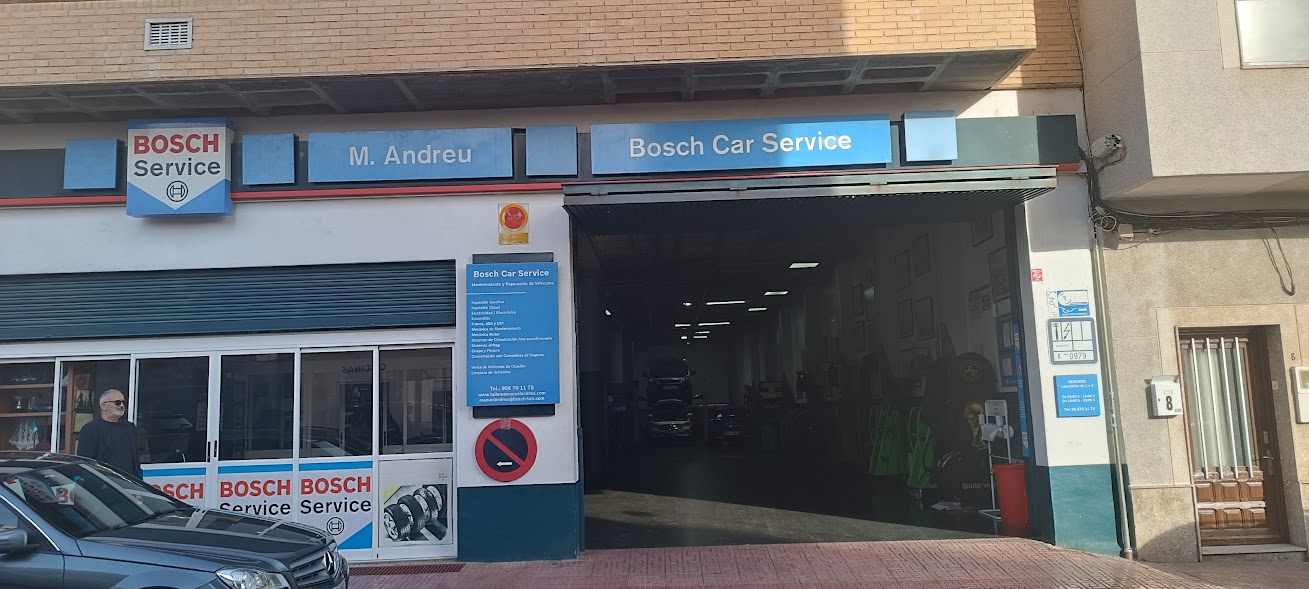
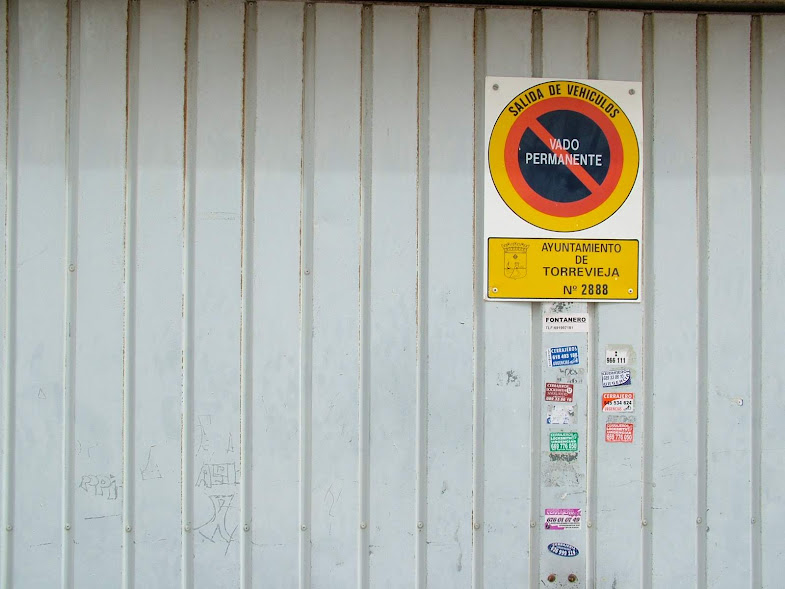
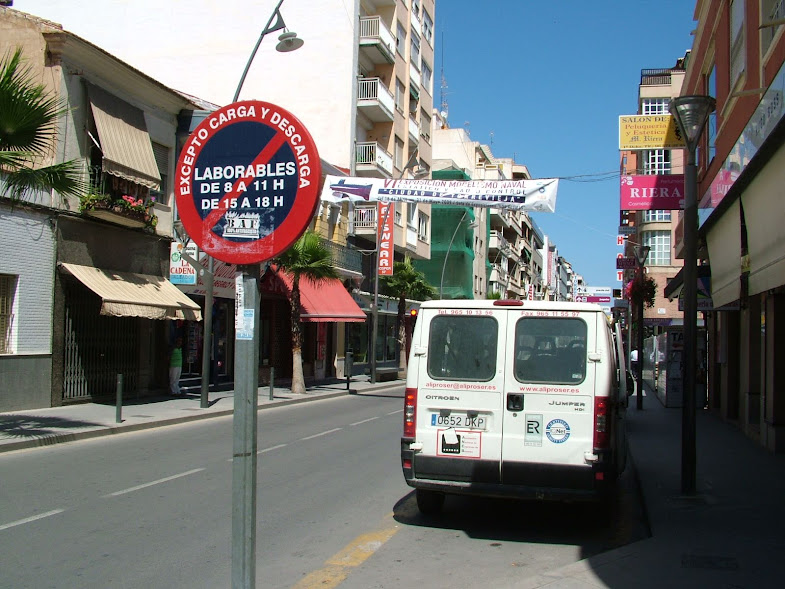
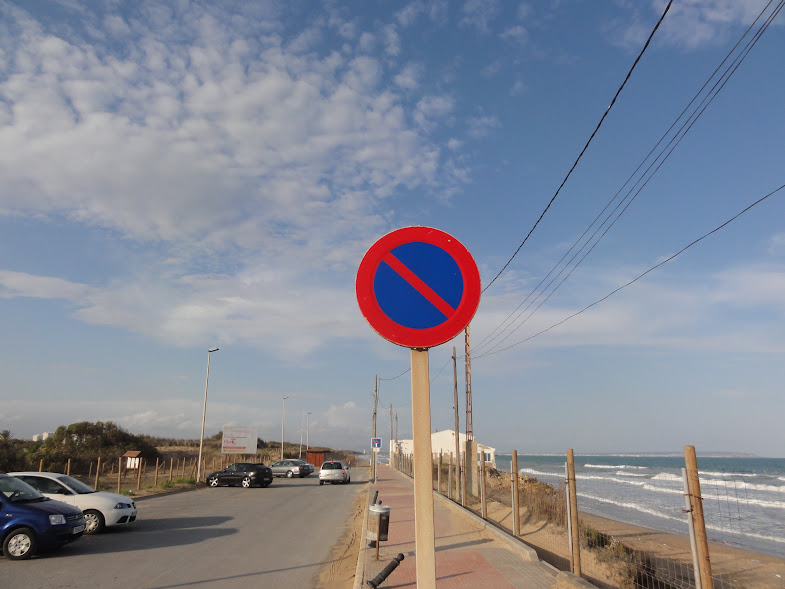
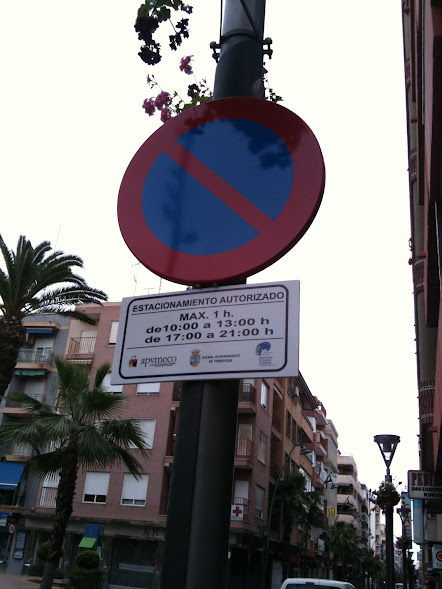
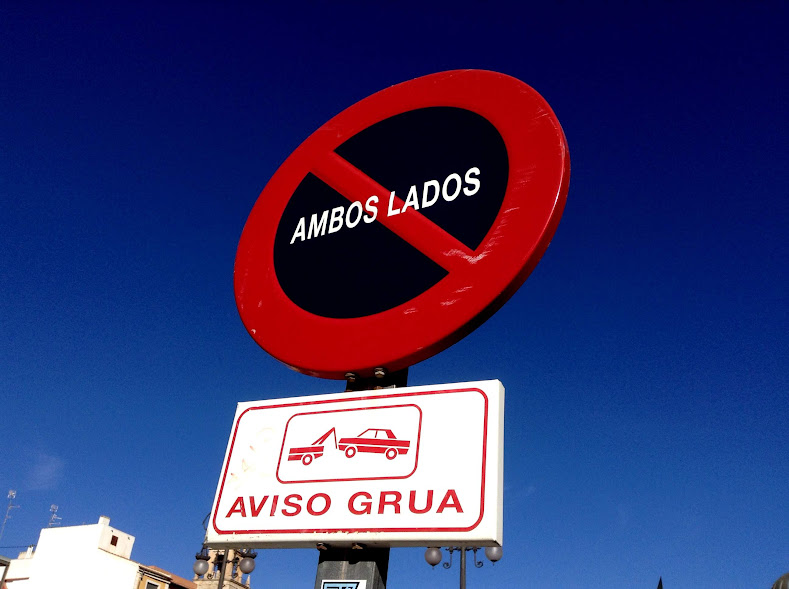
Discover more from N332.es - Driving In Spain
Subscribe to get the latest posts sent to your email.
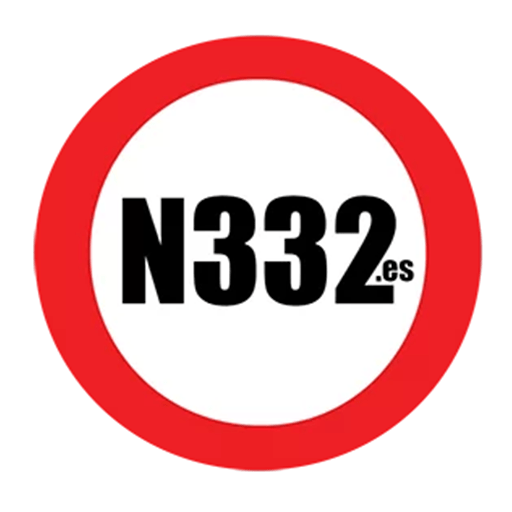
You must be logged in to post a comment.